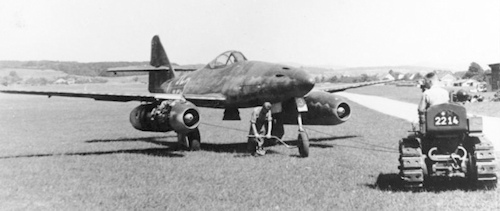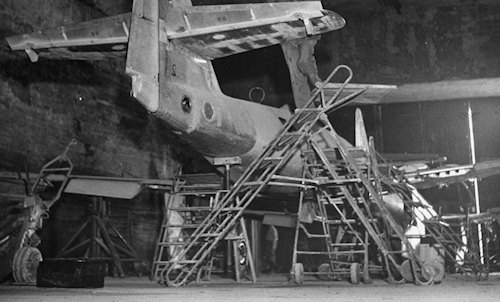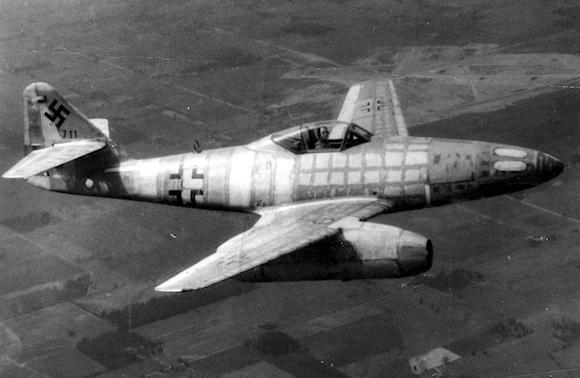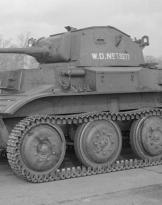Il Messerschmitt Me 262 it was an important Luftwaffe aircraft used at the end of the Second World War. It is worth remembering that the aircraft was the first turbojet fighter in the world. It can be asserted that the vehicle was one of the most cutting-edge fighter aircraft during the Second World War.
Il Me 262 it was a very versatile aircraft. In fact, it was used as a fighter plane, fighter-bomber, reconnaissance plane and night fighter. Furthermore, the vehicle proved to be very valid in the aerial duel (also thanks to the pilots).
Il Messerschmitt Me 262 was named Schwalbe in the fighter version, while in the fighter-bomber version Petrel.
The Luftwaffe retired the aircraft at the end of the conflict, while the Czechoslovak Air Force continued to use it until 1951.
The first prototype of the Me 262 (equipped with Junkers Jumo 210 piston engines) flew for the first time on 18 April 1941. On 18 July 1942, however, the prototype equipped with Junkers Jumo 004 jet engines took to the skies for the first time. In a short time, followed other prototypes in rapid succession, but the development of the vehicle was slow due to conflicting visions at a political-military level.

It is worth pointing out that the jet engine program was prevented - essentially - by the lack of economic resources. Furthermore, many in the political-military apparatus believed that the war could be won with "conventional" fighter planes. In fact, the political-military leaders were unable to carefully evaluate the potential of the new combat aircraft.
About this: “The leading technology in the field of air warfare was the engine technology, which in itself was far more complex, and therefore difficult to learn, introduce and apply in practice, compared to those linked to the design and construction of aircraft cells. The technological leadership in the air war came from there and not from the important ability to create well-fitting fuselages and efficient wing profiles”.1
General Adolf Galland – German aviation ace – was a staunch supporter of the Messerschmitt Me 262. In fact, starting from the spring of 1943 he recommended its immediate mass production. Galland, in the last months of the war, will lead the "Jagdverband 44": a small operational unit of the Luftwaffe composed mainly of Messerschmitt Me 262.
 Overall, more than 1400 examples were made (until the end of the war).
Overall, more than 1400 examples were made (until the end of the war).
Il Me 262 he entered active service in the Luftwaffe starting from the spring of 1944.
- Petrel they operated against the Allied forces, and were able to achieve successes (however, no greater than those achieved by other types of “conventional” aircraft).
The fighters Schwalbe, despite their not very high numbers, distinguished themselves during the war.
The best aces of the Luftwaffe – with i Me 262 – it was certainly Franz Schall and Oscar-Heinrich “Pritzl” Bar.
Il Messerschmitt Me 262 (Version A-1a) had a wingspan of 12,6 m, height of 3,5 m and length of 10,6 m. The empty weight was 3795 kg, while fully loaded 6473 kg.
Engine: 2 Junkers Jumo 004B-1 turbojet. The maximum speed was 900 km/h and the ceiling altitude was 11450 m.
The armament consisted of 108 mm MK 30 cannons and 4 mm R55M rockets. Furthermore, the aircraft was capable of carrying 2 250 kg bombs.
1 E. Cernuschi, 200 years of Italians at war. False victories and false defeats, Mursia, Milan, 2022, p.131
Photo: US Air Force / Bundesarchiv












